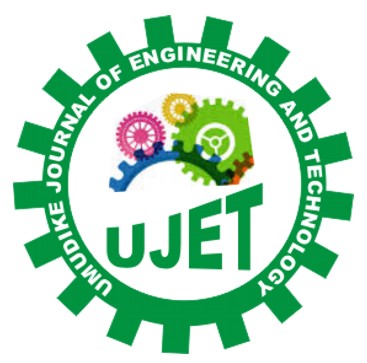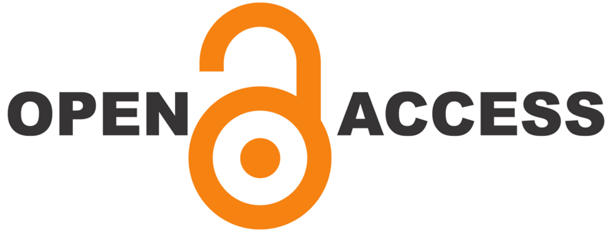|
Biowei, G.
Department of Electrical and Electronic Engineering, Niger Delta University, Wilberforce Island, NIGERIA
Amusa, K. A.
Department of Electrical and Electronic Engineering, Federal University of Agriculture, Abeokuta, NIGERIA
Adekola, S. A.
Department of Electrical and Electronic Engineering, Federal University, Otuoke, NIGERIA
ABSTRACT
This paper
investigates the interaction between electromagnetic (EM) radiations from
telecom infrastructures and the human body, focusing on emissions from Global
System for Mobile Communications (GSM) base stations, as well as commercial
Frequency Modulation (FM) and Television (TV) stations. The study utilizes
Maxwell's equations to derive a formula describing how these waves propagate in
human skin, examining wave penetration depth, specific absorption rate (SAR),
and safety assessments based on body mass indices. Measurements of radiated
electric field intensities were conducted using an SMP2 meter (EM field meter)
across various sources. The results indicate that GSM RF radiation is
considered safe and does not pose significant risks to human tissue, with SAR
values remaining well below the Federal Communication Commission (FCC) USA
safety limit of 1.6 W/kg. The findings also show that penetration percentage
decreases with frequency; while waves can penetrate the epidermis, they are
absorbed by the underlying dermis. The absorbed energy is converted into heat,
which is ultimately used to calculate SAR.
Keywords: Electromagnetic radiation, human body, penetration depth, radio frequency
https://doi.org/10.33922/j.ujet_v11i1_2
|
View: 289 | Download: 9
Published
Monday, February 03, 2025
Issue
Vol. 11 No. 1, June 2025
Article Section
GENERAL
The contents of the articles are the sole opinion of the author(s) and not of UJET.
|


